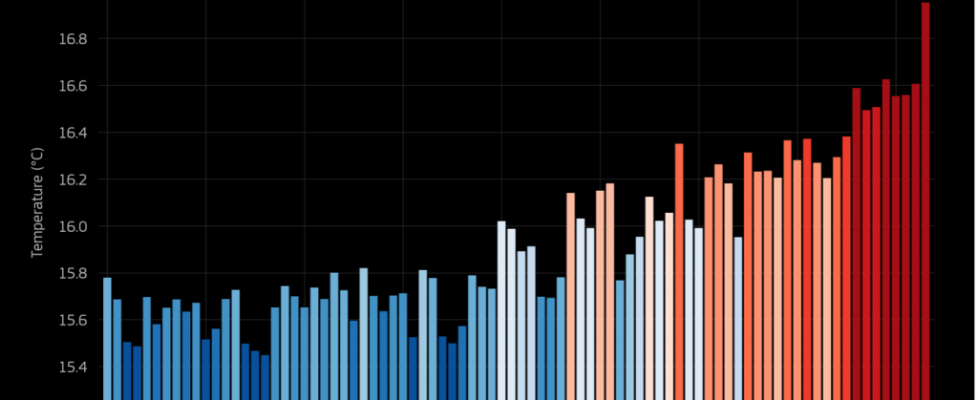Planet Blog
The planet. A place that is home to billions. Where the most captivating life forms, cultures and lifestyles are formed and explored. An environment that displays the true beauty of the earth’s landscapes, climates, vast oceans and towering peaks all under shared responsibility.
This blog will highlight the incredible relationship between earth and mankind and how both are connected, marking a significant period in history. From the industrial revolution to the frequent wildfires and everything in between, that has shaped the course of our existence.
Over time, consumers, brands and designers have become more conscious of the social and environmental impacts of the fashion industry. Many brands have adopted a holistic approach to clothing production, design and consumption that involve methods discouraging fast fashion. They embrace responsible sustainability by following 4 key circular economy principles:
- Sustainable materials
- Reusing/Upcycling
- Recycling
- Zero Waste Production
Statistics from Gerardo B, (2022) highlights the fashion industry’s contribution of 20% global water waste which is a cause for major concern as global warming continues to rise at an alarming rate evident in Figure 1. Tackling global warming has become a high priority. Consequently, the goal for the fashion industry, is to create an industry that produces trendy and functional clothing, while considering the long-term impacts on the planet and its inhabitants.

Sustainability is defined as ethical practices that are carried out to encourage an eco-friendly environment that fulfils multiple purposes.
Studies show that production processes and materials have a long-lasting impact on our planet. According to an analysis by Business Insider, fashion production comprises 10% of total global carbon emissions. McFall Johnsen, M.(2019a)
Many innovative businesses have a contradicting approach to achieve meaningful change and attempt to combat sustainability using disorderly practices. Practices that lead to economic growth but environmental degradation. A shift in focus from products to businesses economic models, will create systems that can execute multiple ethical functions. Burberry have demonstrated this by agreeing to finance terms that align with key SDG’s (12-Responsible Consumption and Production). “These include reducing emissions by 46% by 2030 and becoming net zero by 2040.”Moran, G. (2022).
However, “consumers are purchasing 60% more clothing than a decade ago, which has resulted in overproduction” and an intense fast fashion culture. McFall Johnsen, M.(2019b) With up to 100 billion garments being produced every year and 85% ending up in landfill. McFall Johnsen, M.(2019c) SDG 12 exists to help eradicate unethical practices such as resource misuse, inhumane working conditions promoting planet preservation.
Reference List:
Bandera, G. (2022) “How The fashion industry pollutes our water”
https://www.fairplanet.org/story/how-the-fashion-industry-pollutes-our-water/#:~:text=Fabric%20dying%20and%20treatment%20practices,percent%20of%20the%20world%27s%20wastewater
Copernicus Climate Change Service (C3S) (2023)
European Union, The Sustainable Development Goals Report (2023) “Goal 12: Ensure sustainable consumption and production patterns”
https://www.un.org/sustainabledevelopment/sustainable-consumption-production/
McFall-Johnsen, M. (2019)
Moran, G. (2022) “Drapers, Collaborating for Change: Sustainability Report 2022” https://www.drapersonline.com/guides/collaborating-for-change-sustainability-report-2022
